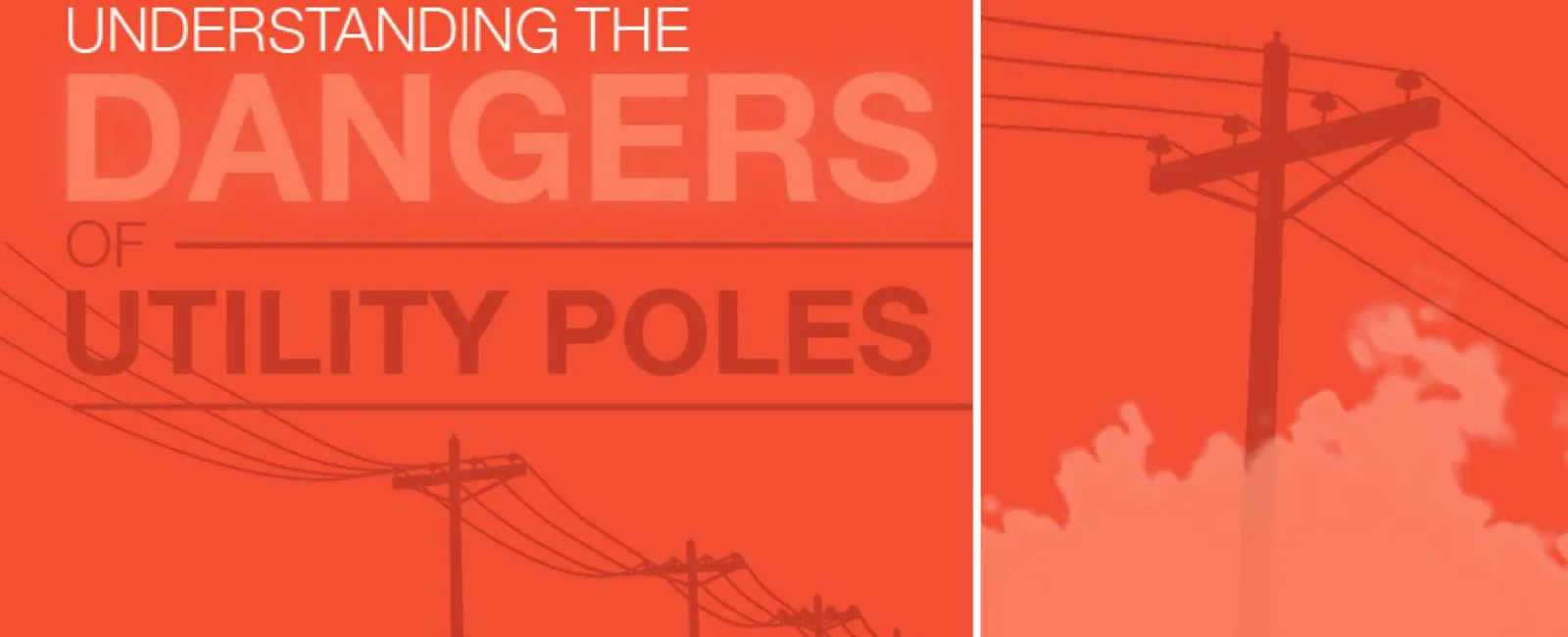It goes without saying that electricity is a basic necessity in modern life; from powering your refrigerator to charging your phone, electricity is crucial. The most common method of distribution is through the ubiquitous utility poles but, because they blend into the scenery so well, you hardly notice they are there. Their significance and prevalence, though, are matched by their dangers. Read on to learn more about utility poles and their dangers; the following information is brought to you by Mr. Electric of Atlanta.
Utility Pole Facts
Standard Utility poles are about thirty-five feet tall but can range from twenty to a hundred feet in height. These poles hold up the wires that transfer power and electricity along routes that total an excess of thousands of miles. Wooden poles are the most common and are typically made from Douglas fir, southern pine, or western red cedar. While the wooden poles can last up to forty years, more modern utility poles last much longer as they are made of concrete, steel, and/or fiberglass. Regardless of the material, the poles are buried six feet into the ground and are spaced about 125 feet apart.
Utility Pole Components
Though the pole is the largest component of a utility pole, the wires, lines, and transformers perform the majority of the job.
- Transmission Wires: These wires carry high-voltage electricity between 69 to 500 kilovolts to substations where the voltage is reduced and distributed.
- Distribution Wires: Once the high-voltage electricity is reduced by substations to consumable levels between four and twenty-five kilovolts, distribution lines carry the electricity to homes and businesses.
- Communication Lines: As the name implies, these lines carry cable television, broadband, and telephone wires to consumers.
- Transformers: These large metal transformers further convert high voltage to low voltage consumable by individual homes and businesses.
Utility Pole Dangers
The practicality of utility poles is easily matched by the gravity of their dangers. These dangers are both inherent and extrinsic:
- Leaning Poles: As mentioned earlier, most utility poles are wooden and prone to old age or insect damage. Utility poles, regardless of material, are also susceptible to natural forces. All of this is to say utility poles may lean or fall over despite their deep footing. When they do come crashing down, the wires and transformers can cause property damage and/or personal injury.
- Lethal Voltage: Transmission wires carry deadly electricity with voltage up to 500 kilovolts; even the voltage in distribution wires can cause serious injuries that may require an amputation or cause a heart to stop.
- Stray Voltage: Though direct voltage through wires are the main concern, stray voltage is also dangerous. The insulation covering wires naturally degrade and electricity can travel through soil into surrounding metal objects such as steel utility poles, streetlights, fire hydrants, and manhole covers. Stray voltage may strike bare hands and feet, especially during and after rain, causing a shock that may rattle your body or injure you.
- Chemical Toxins: Wooden poles are often treated with chemicals to help preserve them as well as defend them against insects. However, these preservatives can be harmful for your health potentially causing cancer, birth defects, and nervous system damage.
Call Mr. Electric of Atlanta
At Mr. Electric of Atlanta, our local electricians can help mitigate the dangers of utility poles with our electrical safety services. If you are concerned about a leaning utility pole, exposed wires, stray voltage, or chemical exposure that can put you or your family at risk then please give us a call and see what we can do for you.




